Composers / Witold Lutosławski / Routes

Trasa Pianist
The six-year-old Witek was introduced to the rudiments of piano playing by his mother. Soon afterwards, however, that task was entrusted to a professional teacher in Warsaw, then in Łomża, then again in Warsaw. To the little pianist’s annoyance, each successive teacher considered that the boy’s hands should be repositioned. His aversion to devoting further months to playing five-finger exercises meant that Lutosławski abandoned the piano for a while and began learning the violin. He only returned to the piano when he began studying composition, simultaneously attending the piano class of Jerzy Lefeld. After four years, he had attained the level of a good professional pianist. That can be gauged from the Piano Sonata, which he wrote for himself during his studies and performed several times: in Warsaw, Vilnius and Riga.
His piano-playing skills enabled him to earn his first wages. Before the war, Polish Radio broadcast a great deal of music, most of it live, and so he was sometimes employed there as an accompanist. During the German occupation, in the years 1940–1944, he played in a piano duet with Andrzej Panufnik in the cafes of Warsaw. Later, he would perform as a pianist whenever the need arose, mainly on the radio, where he was working at the time. He sat at the piano in public only sporadically, and essentially just for a closed group of listeners to concerts organised by PWM Edition in Cracow or to composer meetings, held in Wrocław, for example. He gave it up during the second half of the fifties.
Lutosławski was not one of those composers who treat their own instrument in a privileged way. It was for piano that he composed his first works as a child, during his studies he wrote the Piano Sonata and during the war he started writing a cycle of etudes, but he abandoned the idea after writing just two pieces. The repertoire was enhanced, meanwhile, by his miniature pieces for beginner pianists written shortly after the war: the Melodie ludowe [Folk melodies] and the slightly later Bukoliki [Bucolics]. During one concert, when Bucolics was being performed, it was heard by Mieczysław Tomaszewski, who remarked with considerable surprise: ‘he displayed a professional approach, and his playing was almost like that of a child. He performed with simplicity, without any special effects’.
Only towards the end of his life did Lutosławski compose the Piano Concerto. He had set about the genre on a couple of occasions, dreaming of writing a concerto that would be wholly effective and virtuosic, giving the pianist a great deal of satisfaction: ‘I am familiar with the feeling of joy from the process of playing, arousing a certain effect – he once admitted. – That effect certainly need not be shallow or two-dimensional. One example of just such virtuosity is the music of Chopin – Chopin remains a virtuoso to his last compositions. And that in his most profound works, say the Polonaise-Fantasy, the Barcarolle… One senses in them a joy from the physical process that is playing on the piano and the resultant effect in sound. For people who have never relished that, it is something completely unknown’.
-
_fot._muzeum_w_stawisku_fotonova.jpg)
Andrzej Panufnik, Eugenia Umińska and Witold Lutosławski in Stawisko, 1942. Phot. Muzeum w Stawisku/FOTONOVA.
-
_fot._muzeum_w_stawisku_fotonova.jpg)
Andrzej Panufnik, Jarosław Iwaszkiewicz and Witold Lutosławski in Stawisko, 1942. Phot. Muzeum w Stawisku/FOTONOVA.
-

Andrzej Panufnik. Phot. Camilla Jessel.
-
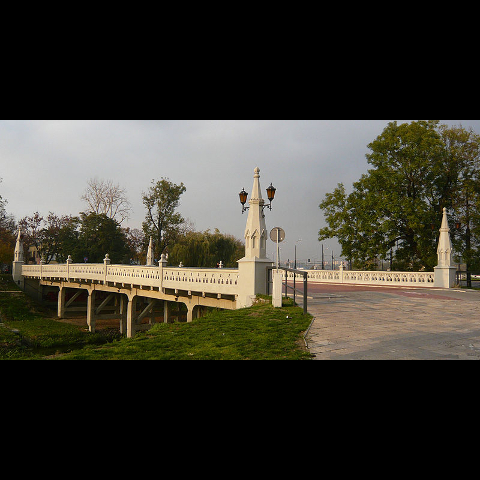
Bridge over Bystrzyca in Lublin. Phot. Paweł Zaręba. (creative commons)
-
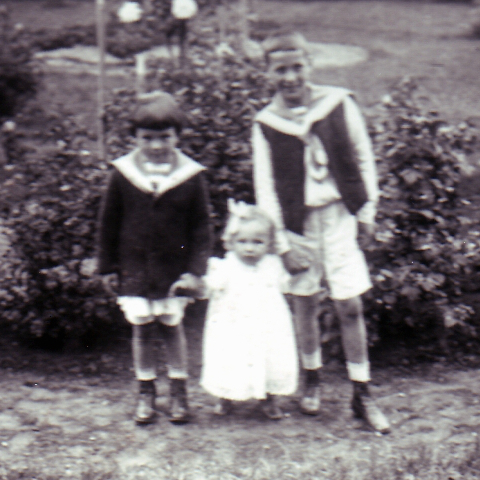
Brothers Lutosławski: Henryk, Witold and Jerzy. The Witold Lutosławski Society.
-
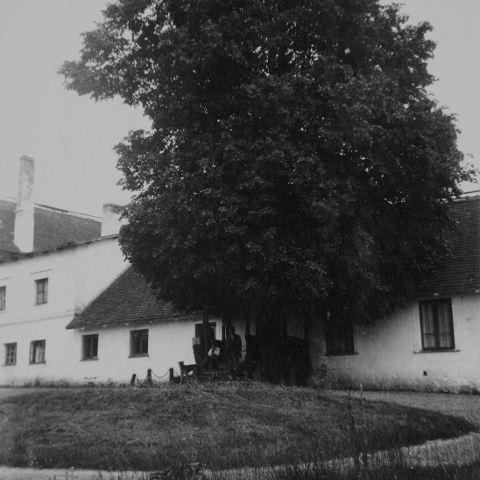
Drozdowo, May 1927. The Witold Lutosławski Society.
-
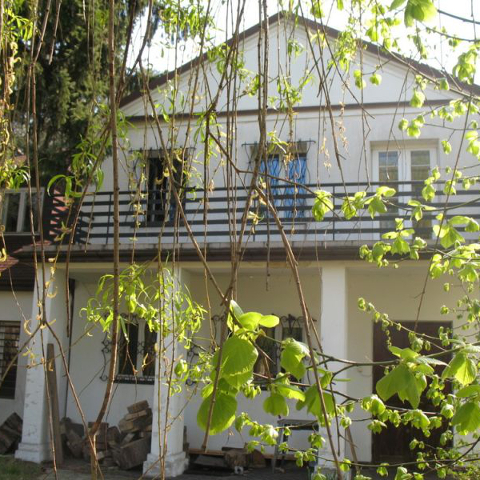
House on 21 Brzozowa Street.
-
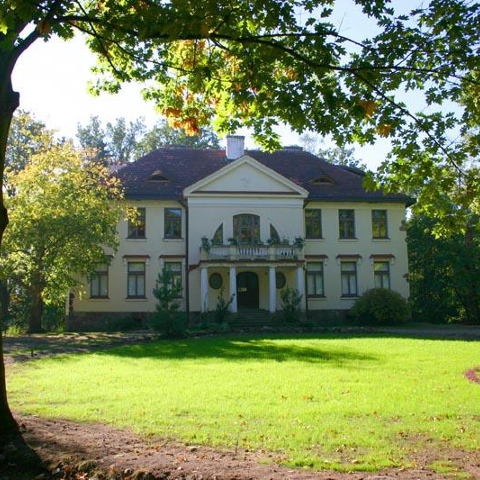
Iwaszkiewicz’s villa in Stawisko. Phot. Marek and Ewa Wojciechowscy.
-
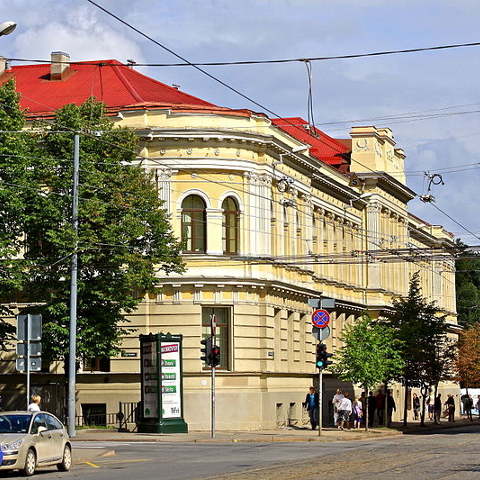
Jāzeps Vītols Latvian Academy of Music. (creative commons)
-
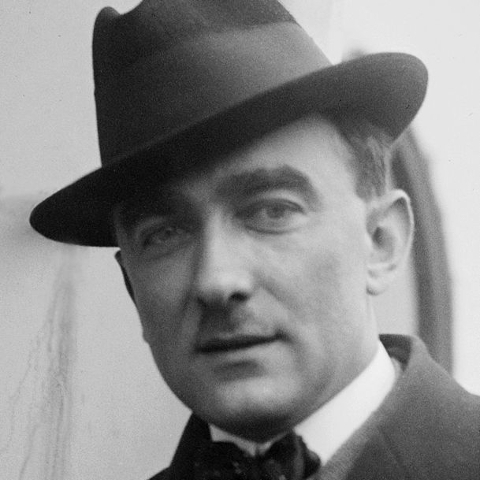
Karol Szymanowski. George Grantham Bain Collection.
-
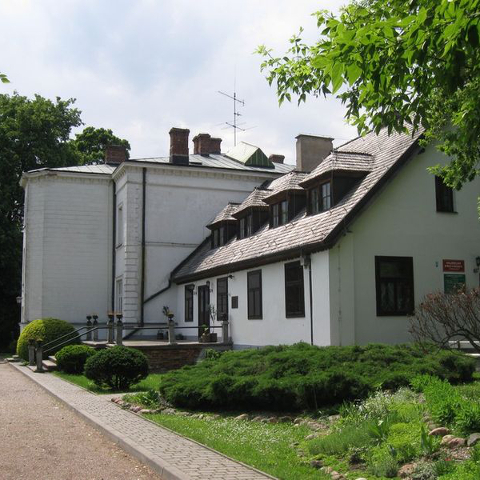
Lutosławski manor in Drozdowo. (creative commons)
-
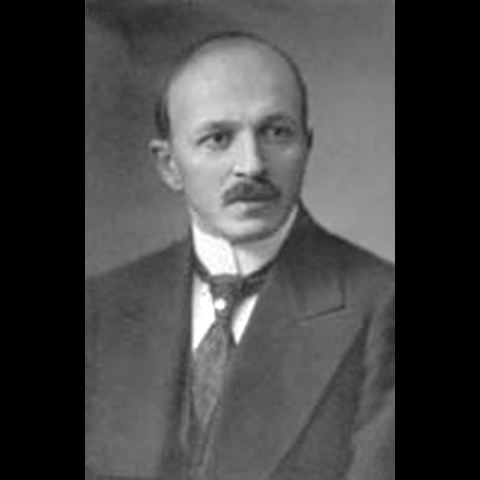
Marian Lutosławski. Drozdowo Museum.
-
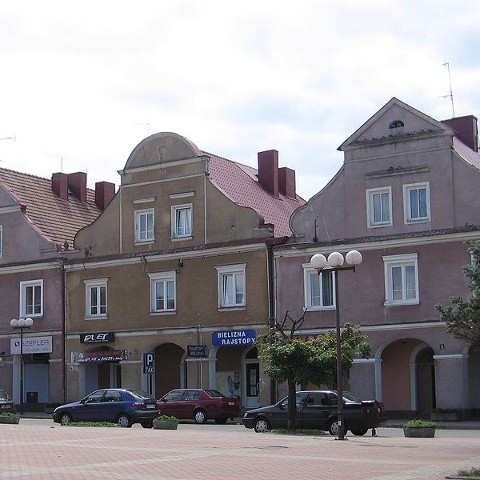
Monumental tenement houses on the Old Marketplace in Łomża. Phot. Patryk Korzeniecki. (creative commons)
-
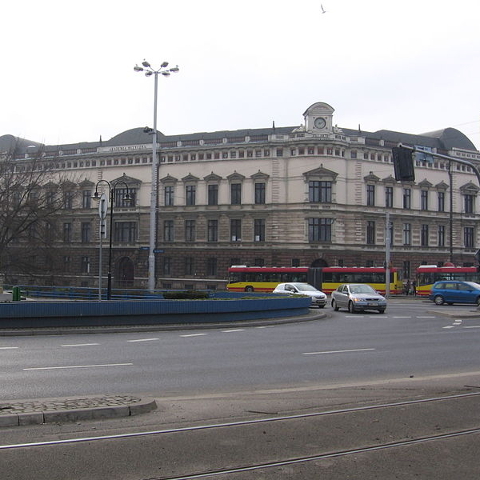
Music Academy in Wrocław
-
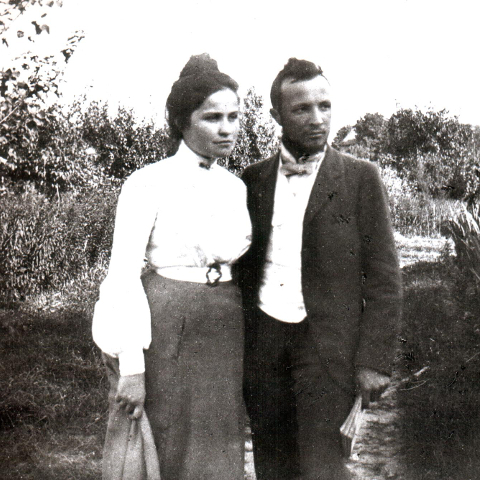
Parents of Witold, Maria and Józef Lutosławski in Drozdowo. Private collections of Gabriela and Martin Bogusławski.
-
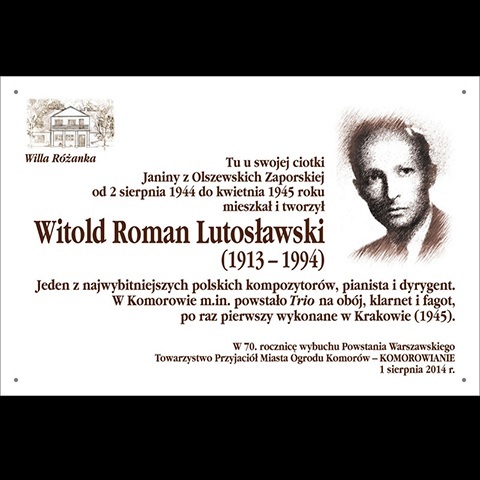
Plaque commemorating stay of Witold Lutosławski in Komorowo, project: Andrzej Pilich.
-

Plaque on Saska Kępa in Warsaw. Phot. Tadeusz Rudzki. (creative commons)
-
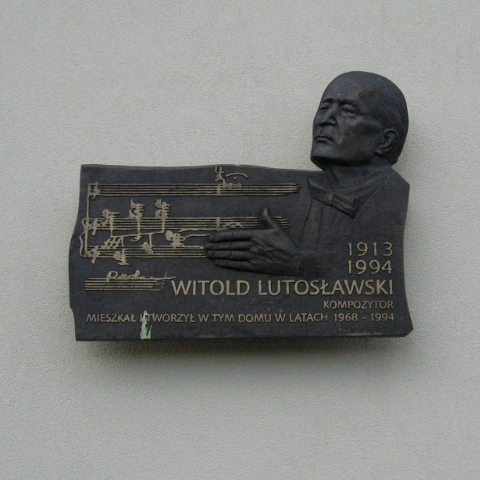
Plaque on Żoliborz in Warsaw. www.warszawa.wikia.com
-

Riga University of Technology. Phot. Edgars Košovojs. (creative commons)
-
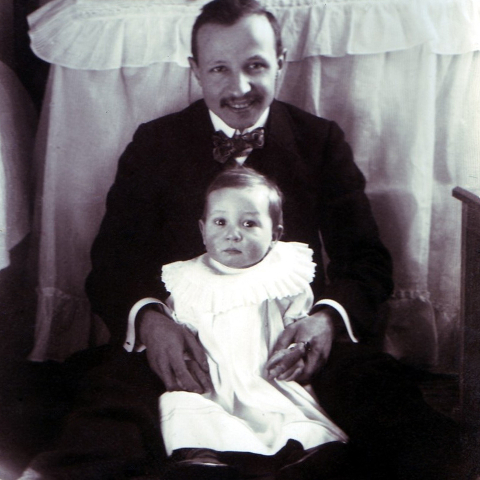
Small Witold with his father. The Witold Lutosławski Society.
-
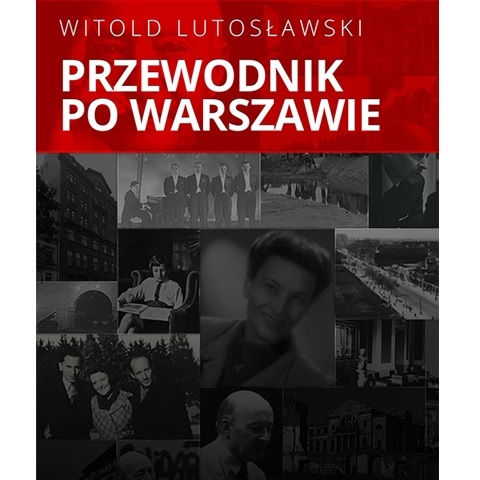
Startup screen from application ”Witold Lutosławski. Guide to Warsaw” available for devices with systems: Adroid, iOS and Windows Phone.
-
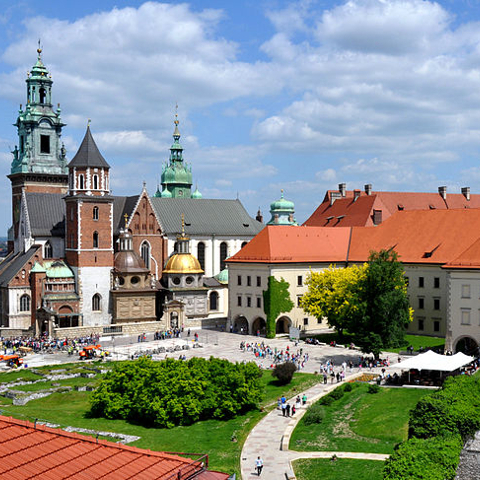
The Wawel Castle and Cathedral in Krakow. (creative commons)
-
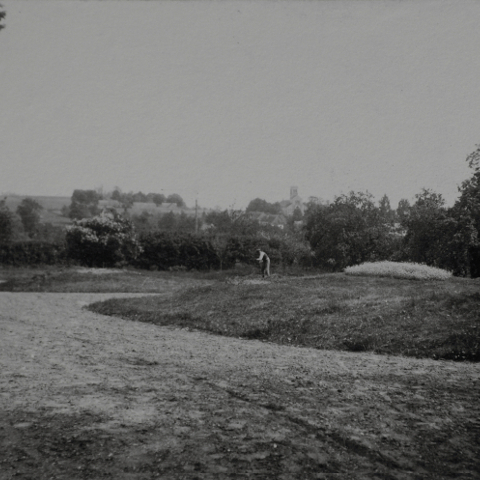
View from the house to the church and the village. Drozdowo 1927. The Witold Lutosławski Society.
-
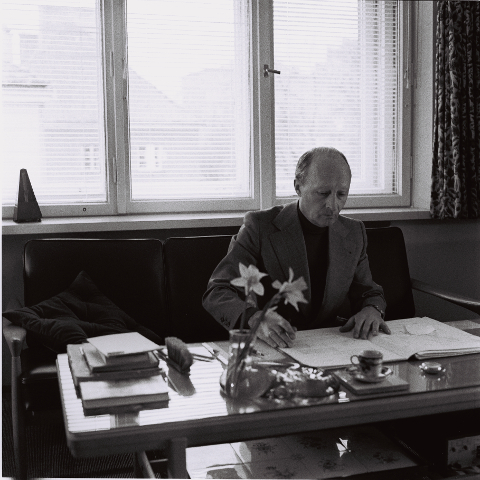
Witold Lutosławski at the desk. Phot. Jan Styczyński. The Witold Lutosławski Society.
-
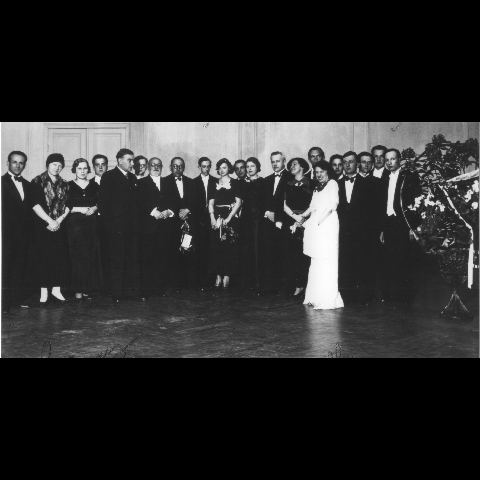
Witold Lutosławski in Riga Music Conservatory (4.05.1935). Archives of ”Ruch Muzyczny”.
-
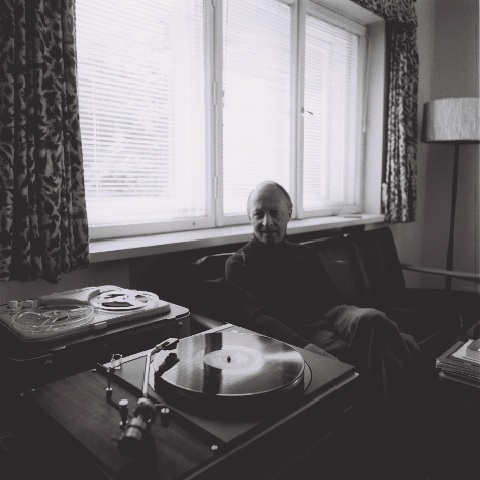
Witold Lutosławski with grammophone. Phot. Jan Styczyński. The Witold Lutosławski Society.
-
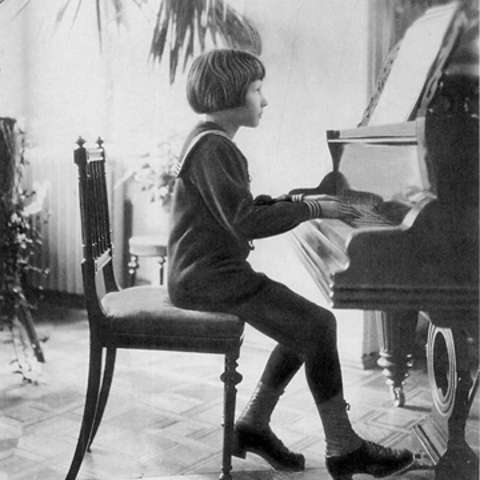
Young Witold at the piano. The Witold Lutosławski Society.
-
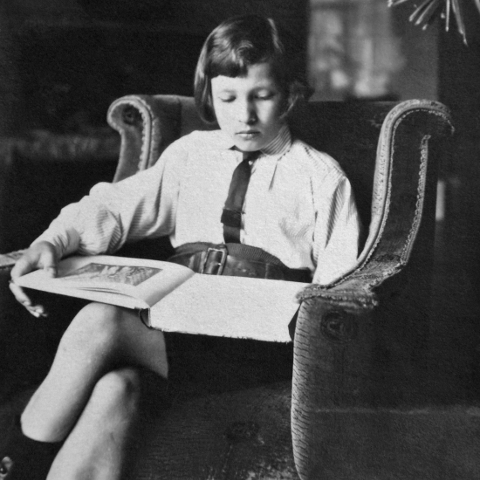
Young Witold Lutosławski. Drozdowo, may 1927. The Witold Lutosławski Society.